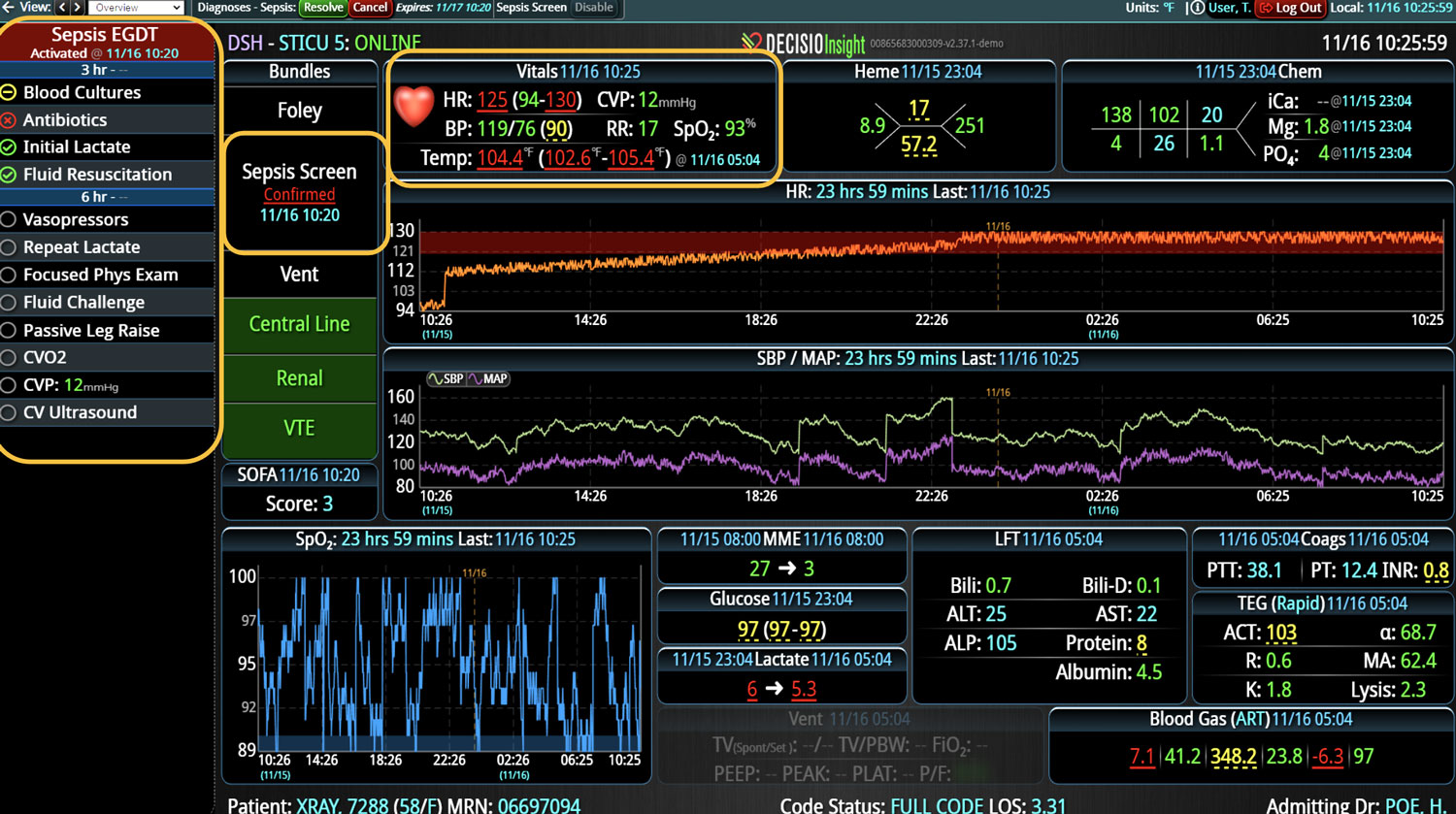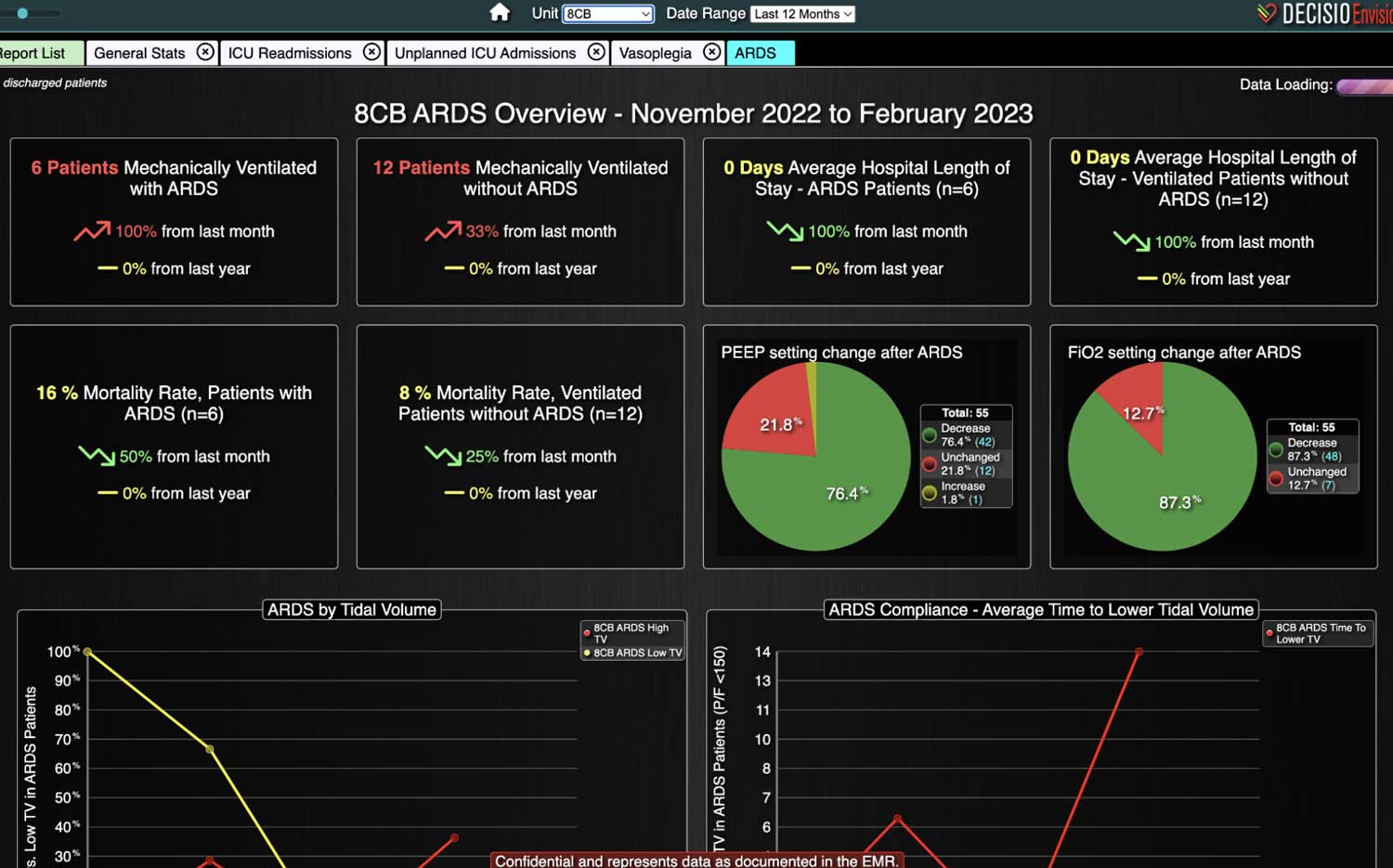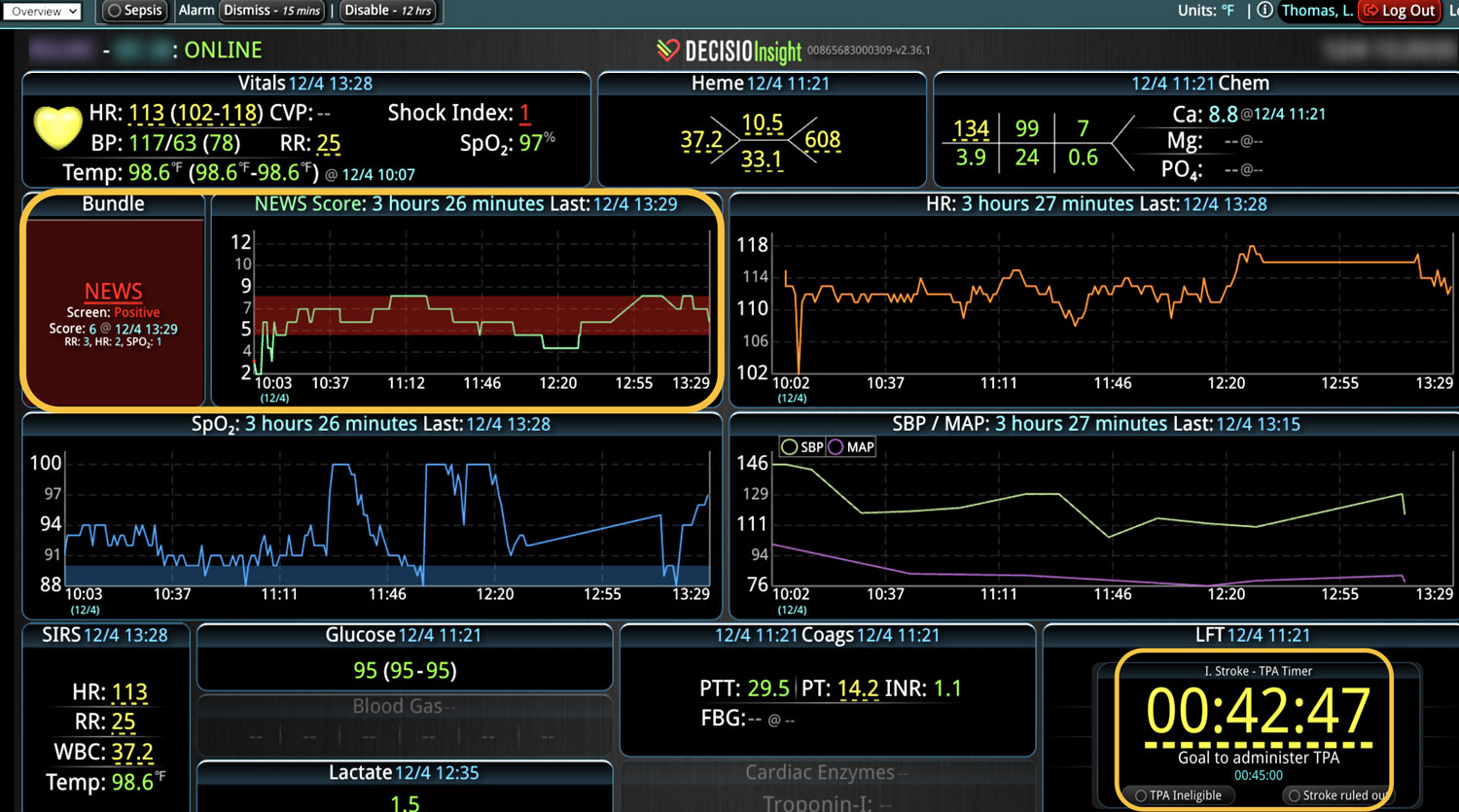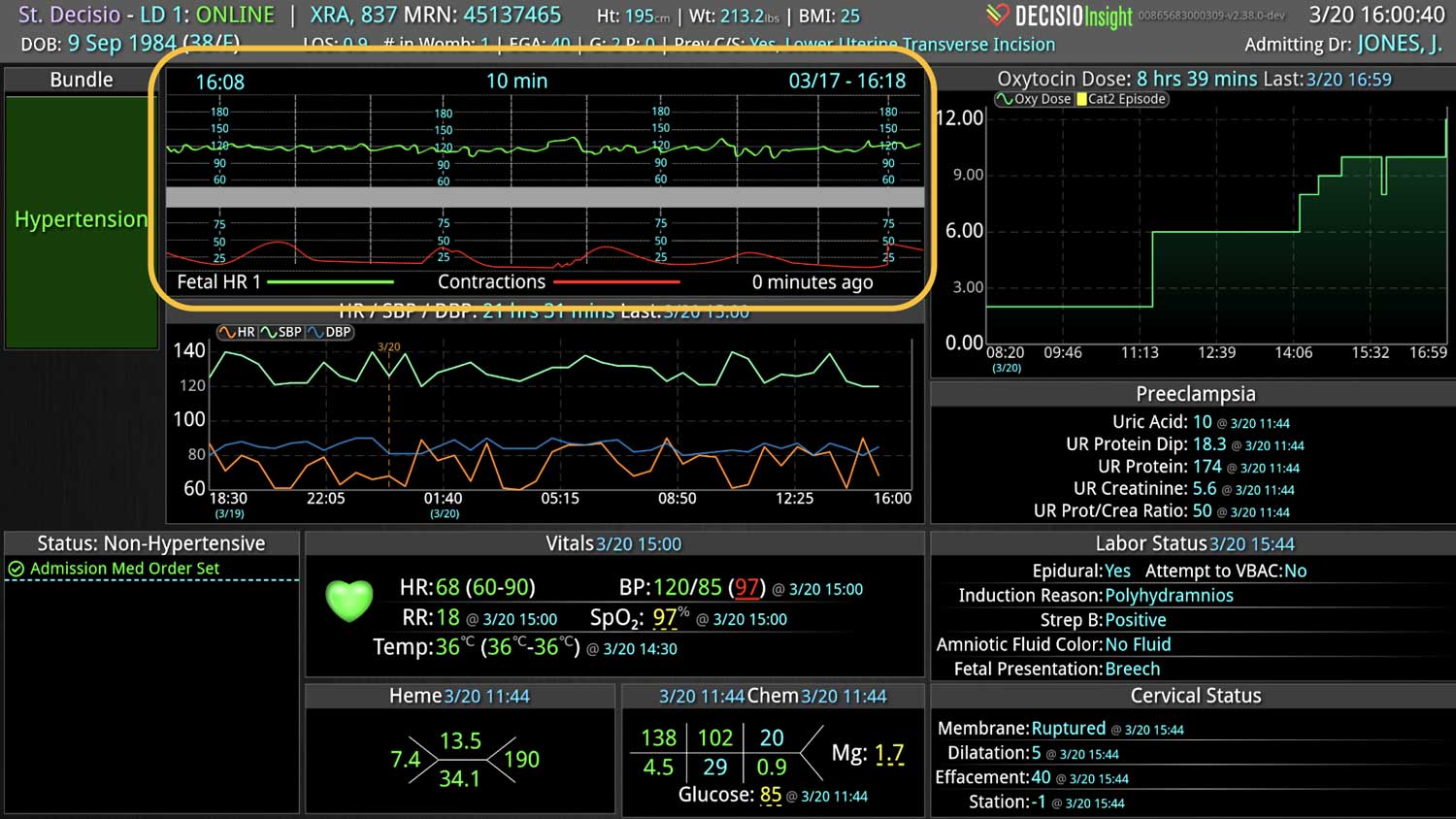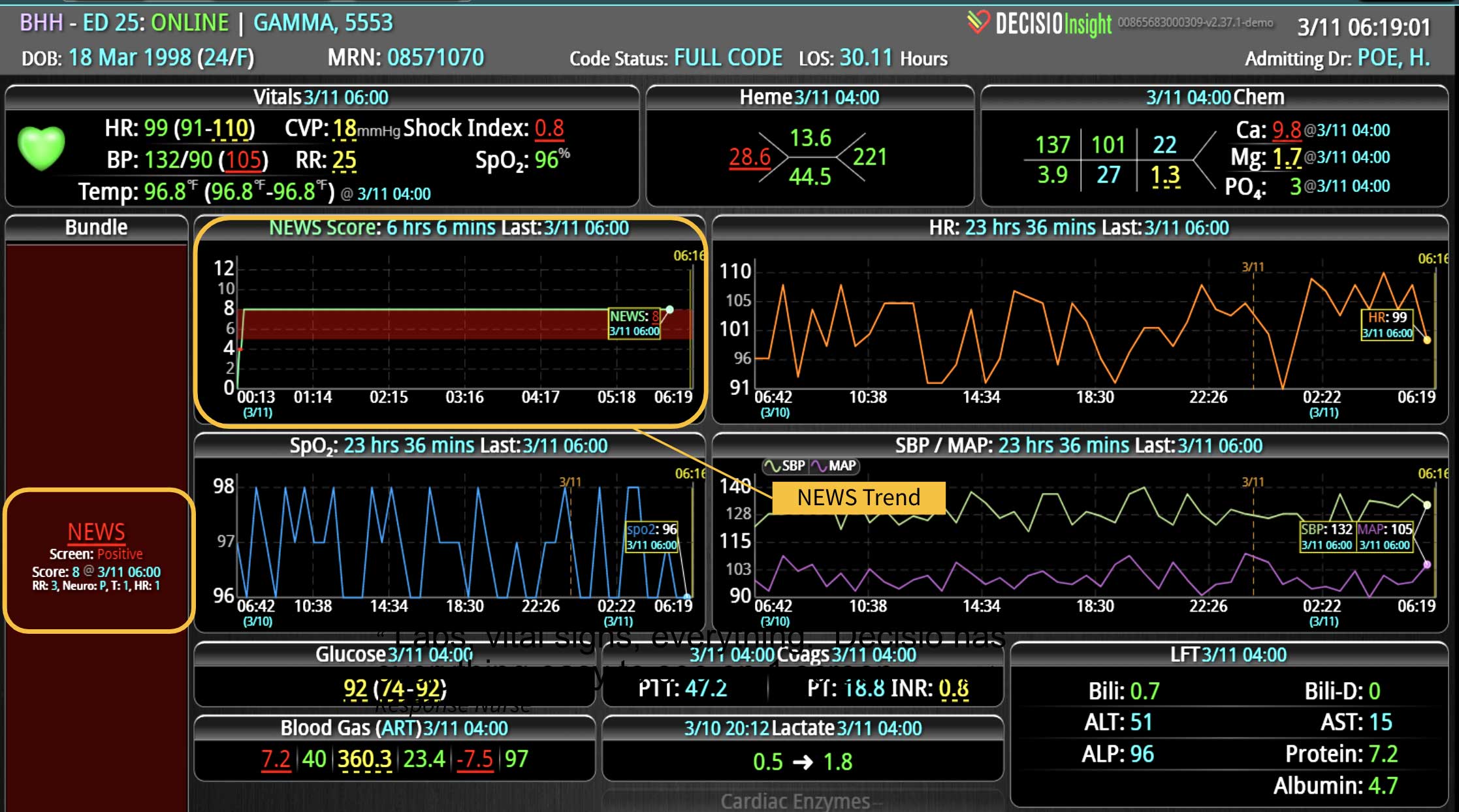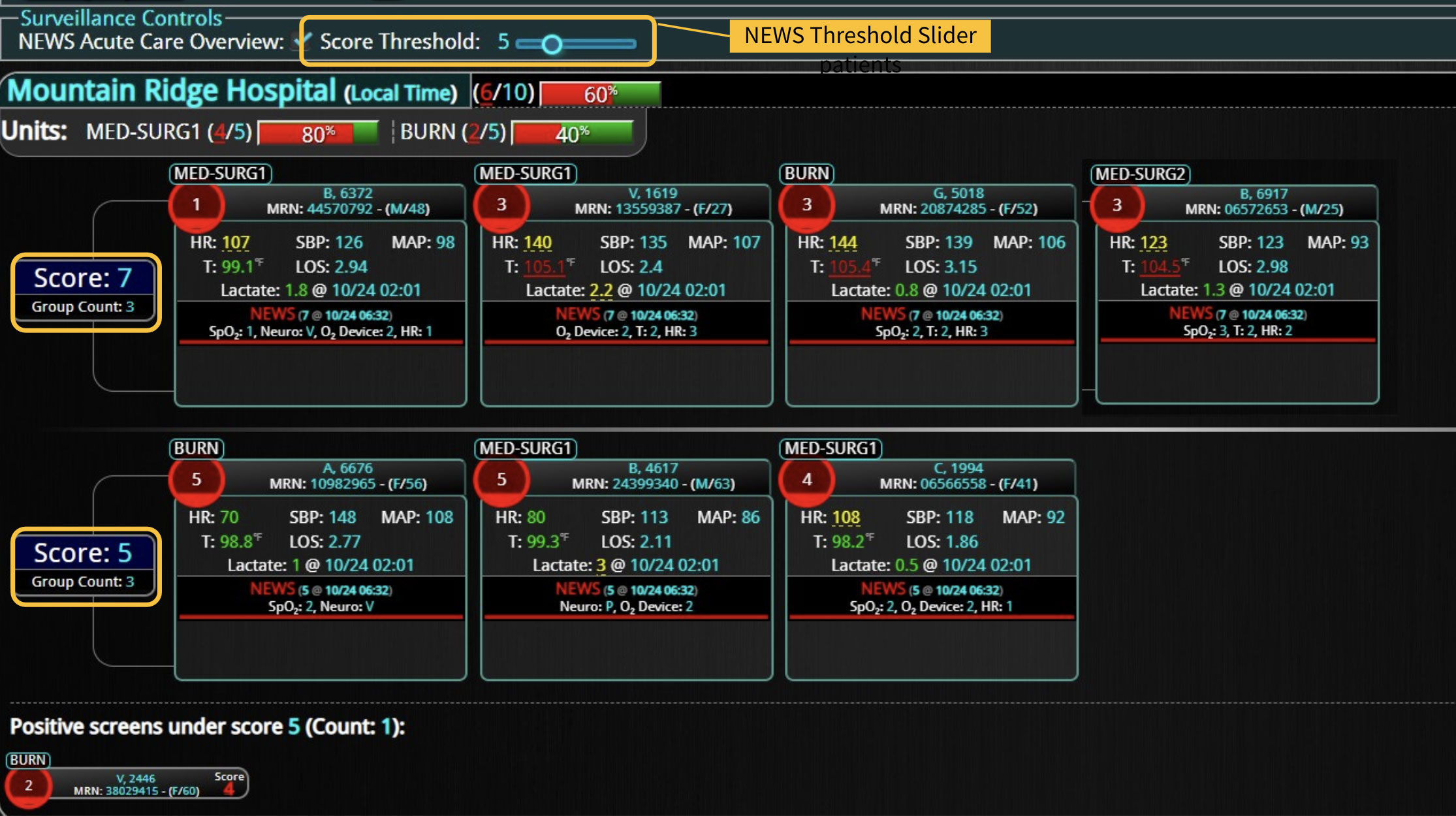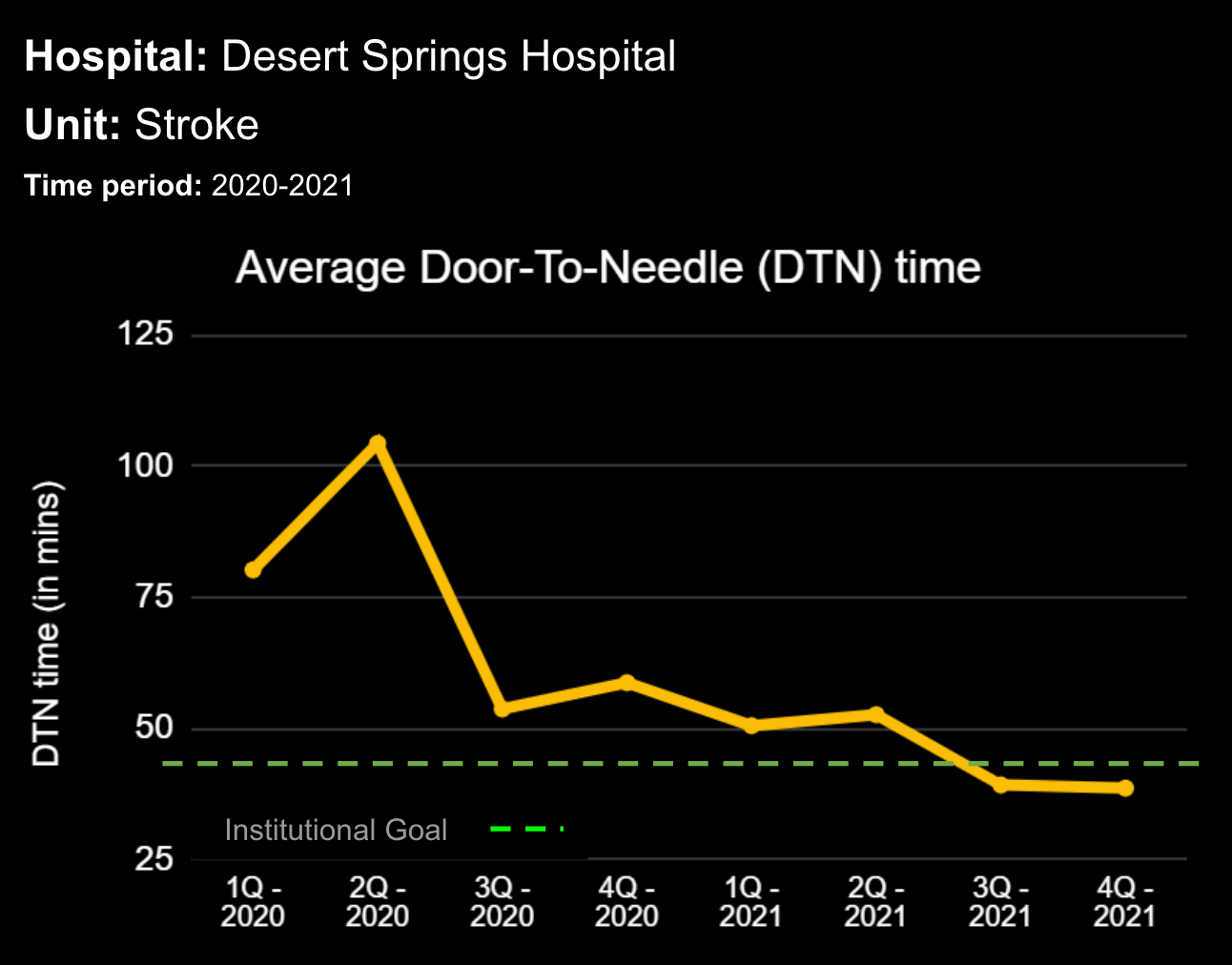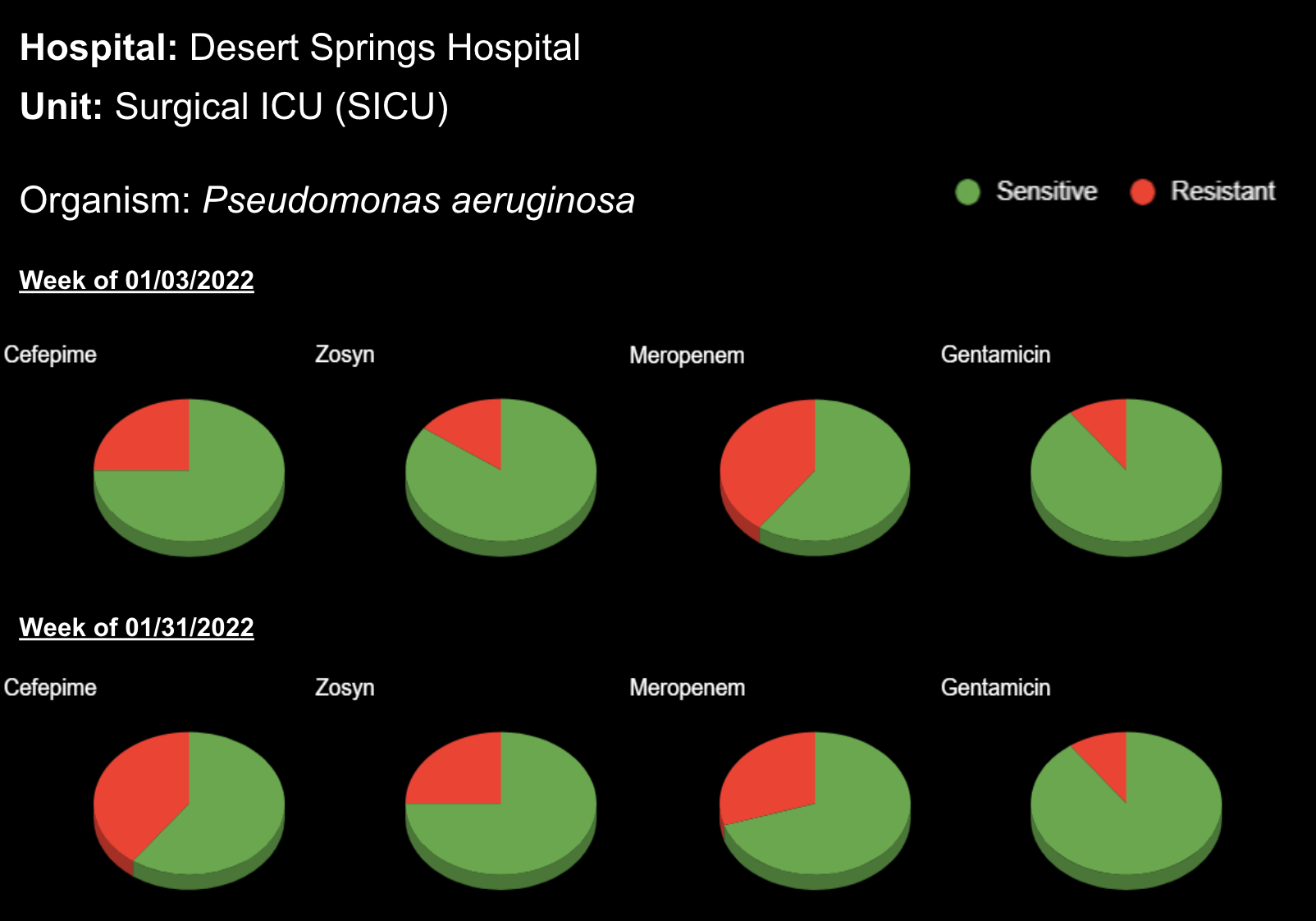
11 Feb Picturing the path to Precision health and Better Care

Picturing the path to Precision health and Better Care
How Digitizing Protocols, Care Pathways, and Best Practices Helps Clinicians Save Lives.
One-third of hospitalized sepsis patients die, according to research published in 2017 in JAMA: The Journal of the American Medical Association.
Yet there’s recent research that suggests use of early goal-directed therapy, or EGDT, in the emergency department care of patients with severe sepsis and septic shock can save lives.[1]
But translating research knowledge and patient information into clinical practice pathways can be complex, time-consuming and resource-exhausting, especially in hospitals already facing challenges that can lead to variation in care at the department level or even throughout the enterprise.
Not surprisingly, those challenges can lead to significant consequences for the patient experience and outcomes, including incidence of sepsis, readmission, length of stay and more.
This is where digitizing hospital-proven care pathways may hold the power to help beat the odds.
“Applying digital capabilities can give the clinician a flashlight for peering into tons of data, which could reveal potentially life-saving insights,” explained Vivek Bhatt, chief technology officer, GE Healthcare Clinical Care Solutions. “Without visibility, how can a clinician begin to see the whole picture?”
Digitizing may lead to more compliant care, which translates into improved patient outcomes, including lives saved.
A 10% increase in compliance to recommended care is associated with a 14% reduction in mortality, according to research published by the American College of Surgeons. Further, patients who received all recommended care were 58% less likely to die compared with those who did not.[2]
Transforming Data to Actionable Insights
Data required to make accurate and timely clinical decisions resides in disparate systems across the healthcare network, and it’s being generated every second. Clinicians need a complete view of actionable insights that they can apply to deliver responsive, timely and compliant care across an entire health system.
Mural, GE Healthcare’s virtual care platform integrates innovative clinical solutions, prioritizing a clinician’s attention to the most critical patient cases with the goal of reducing care variation and the time to intervention.
To deliver this solution, GE Healthcare has entered into a strategic collaboration with Decisio Health.
Decisio has delivered transformative clinical innovation with proactive near real-time clinical decision support through clinical surveillance and data visualization.
“By joining our capabilities with the global reach of GE Healthcare, we can truly change the game for clinicians around the world,” said Bryan Haardt, CEO of Decisio Health.
Created with an entire enterprise in mind, Mural can extend across multiple care areas, from the ED to the ICU to the Floor, as well as aggregate data from systems and devices from a variety of manufacturers. Modular in design, it integrates clinical capabilities, such as remote waveform viewing, telepresence, and access to diagnostic images.
“Interoperability is critical in modern health care,” said Bhatt. “The amount of data we see today is only a fraction of what will exist in five years, and only by managing data better and by using analytics can we gain more control of patient outcomes.”
Original Source: GE Healthcare http://newsroom.gehealthcare.com/picturing-the-path-to-precision-health-and-better-care/
[1] Source: https://onlinelibrary.wiley.com/doi/abs/10.1111/j.1553-2712.2007.tb02391.x
[2] https://www.ncbi.nlm.nih.gov/pubmed/25038959
Learn more About How we help clinicians improve patient outcomes
Schedule a call with our team to discuss how we are helping our clients revolutionize how clinicians manage patient interventions.




